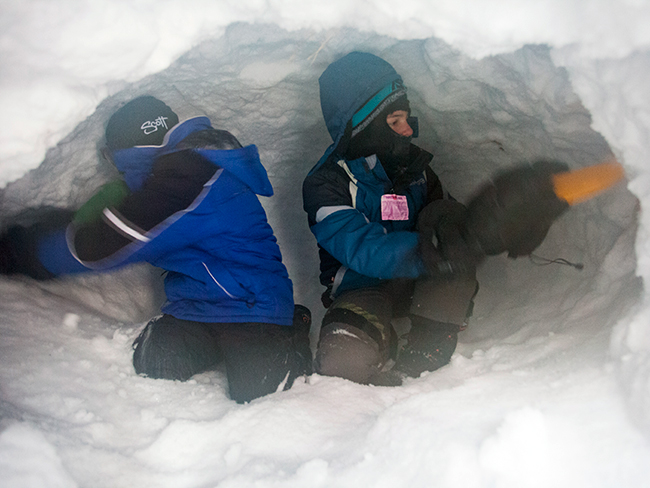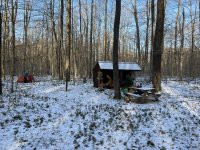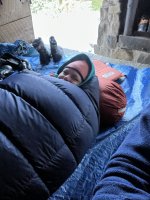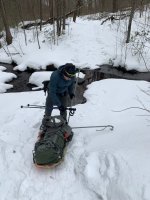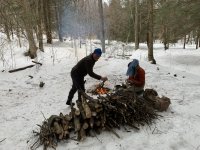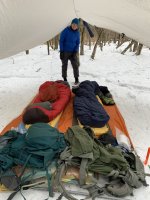Wow, good on ya buddy … you are the Charlie Daniels of a sewing machine!
Mine is long like yours as well, wanted to blouse it up a bit with a belt or sash and still get good coverage on my thighs . I find when on a hike or doing winter chores a quality flannel with good under shirt and my anorak is all I need in all but the coldest weather (well below zero). It still breathes well, stops most all wind.
Really looks like you did a great job on that.
Bob.
Mine is long like yours as well, wanted to blouse it up a bit with a belt or sash and still get good coverage on my thighs . I find when on a hike or doing winter chores a quality flannel with good under shirt and my anorak is all I need in all but the coldest weather (well below zero). It still breathes well, stops most all wind.
Really looks like you did a great job on that.
Bob.

